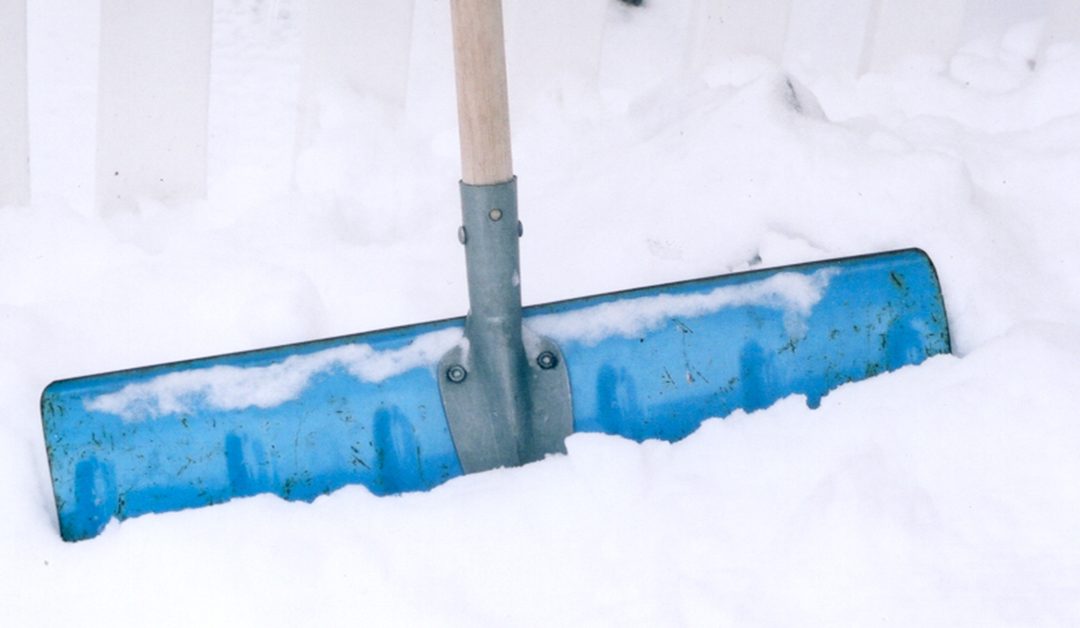Photo: Bulldog1 via Flickr
1. Scatter eco-friendly ice melt substances instead of harmful rock salt. Look for ice melts that combine corrosion inhibitors like Calcium Magnesium Acetate (CMA) or Ice-Ban with salt to make it gentler while still being effective. Find a list of the best eco-friendly deicers from the EPA’s Design for the Environment list. Also, carefully follow instructions on the package for how much deicer to apply. Using too much will actually reduce its effectiveness and leave a slippery brine on the ground.
2. Use battery-, electric-, or hybrid-powered snow blowers instead of gasoline-powered ones. Only use blowers for large areas that need to be cleared of snow, not just the walkway to your front door, which could be fairly easily shoveled. Though electric products consume energy, they do not consume gas or emit greenhouse gases.
3. If you feel you must use a gas-powered snow blower for extremely large areas or spaces too far for an electrical cord to reach, use the most efficient gas-powered kind. A two-stage, four-stroke engine will operate far more efficiently and with fewer emissions than a single-stage, two-stroke engine. Invest in a better blower with a neighbor and share it so you can both use an eco-friendly machine. Save unused gasoline from the blower at the end of the year by adding a gas stabilizer instead of wastefully burning it off by running the engine.
4. Go old school and use snow shovels, ice crackers, and brooms to clear snow from your sidewalks, porches, and driveways. Ergonomic shovels can make the task less back-breaking, or hire the kid down the street to help you out. Shoveling early and often will also make the job easier.
5. Find an eco-friendly snow removal service in your area or request that your current service use environmentally safe products.
6. Sprinkle birdseed, clean clay cat litter, sand, or fireplace ash on walkways and driveways for traction.These substances can be harmful to vegetation and waterways and messy when the snow melts, so use sparingly and only on the surface of the snow to add traction. Note that these substances will not melt ice or snow.

